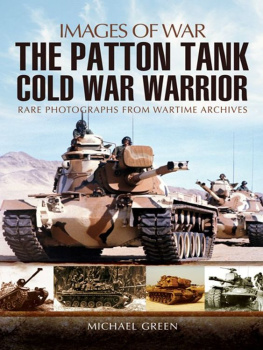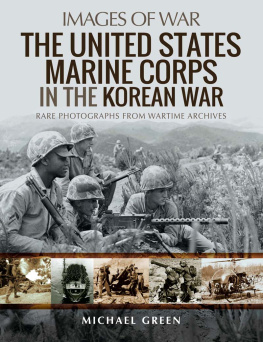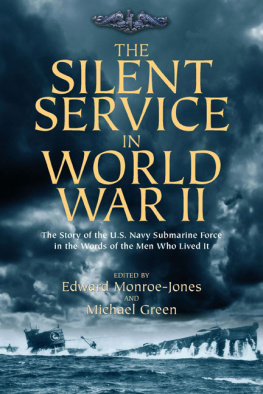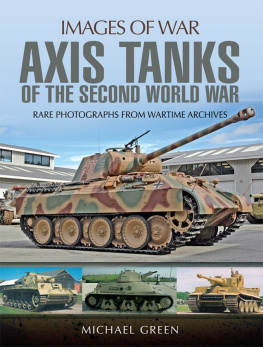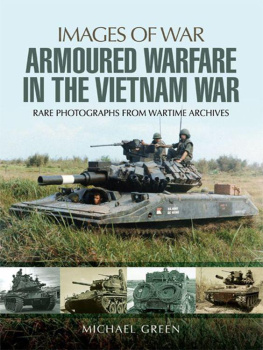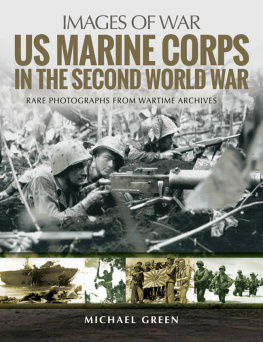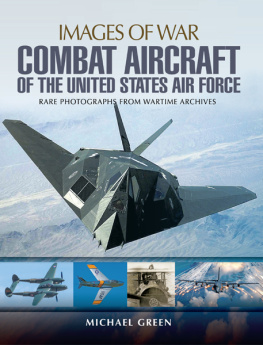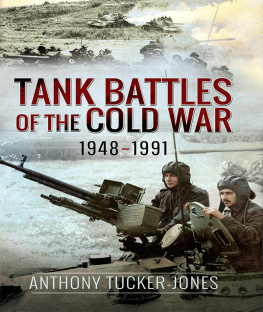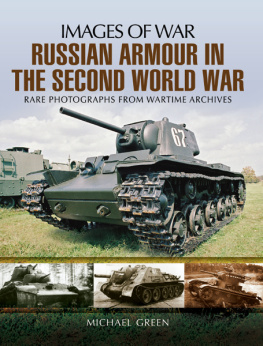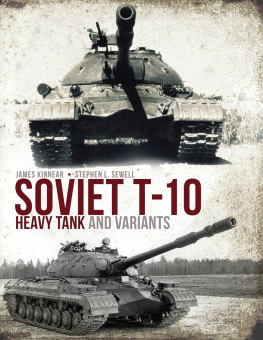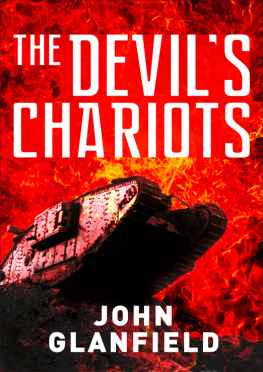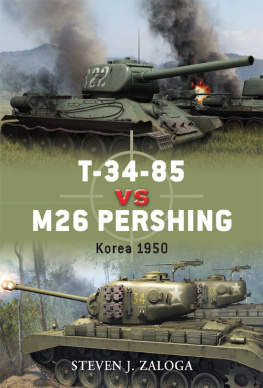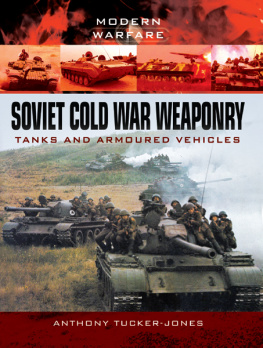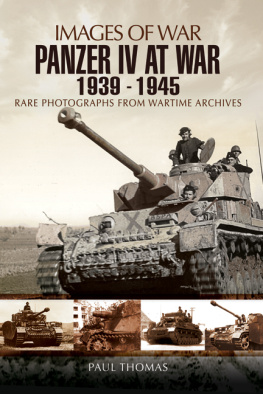
First published in Great Britain in 2012 by
PEN & SWORD MILITARY
an imprint of
Pen & Sword Books Ltd
47 Church Street
Barnsley
South Yorkshire
S70 2AS
Copyright Michael Green 2012
ISBN 978 1 84884 761 3
eISBN 978 1 78337 819 7
The right of Michael Green to be identified as Author of this Work has been asserted by him in accordance with the Copyright, Designs and Patents Act 1988.
A CIP catalogue record for this book is available from the British Library
All rights reserved. No part of this book may be reproduced or transmitted in any form or by any means, electronic or mechanical including photocopying, recording or by any information storage and retrieval system, without permission from the Publisher in writing.
Typeset in Gill Sans by
Phoenix Typesetting, Auldgirth, Dumfriesshire
Printed and bound in England by
CPI Group (UK) Ltd, Croydon, CR0 4YY
Pen & Sword Books Ltd incorporates the Imprints of Pen & Sword Aviation, Pen & Sword Family History, Pen & Sword Maritime, Pen & Sword Military, Pen & Sword Discovery, Wharncliffe Local History, Wharncliffe True Crime, Wharncliffe Transport, Pen & Sword Select, Pen & Sword Military Classics, Leo Cooper, The Praetorian Press, Remember When, Seaforth Publishing and Frontline Publishing
For a complete list of Pen & Sword titles please contact
PEN & SWORD BOOKS LIMITED
47 Church Street, Barnsley, South Yorkshire, S70 2AS, England
E-mail: enquiries@pen-and-sword.co.uk
Website: www.pen-and-sword.co.uk
Contents
Acknowledgments
B esides those individuals who contributed pictures to the book and are credited in the captions, the author would like to thank a number of other individuals for their help in the completion of this book. These include Michael Panchyshyn, Randy Talbot, Don Moriarty, Lee Burnell, Phil Hatcher, Michael Brandt, Todd Armstrong, James Brown and Jim Mesko.
Institutions that assisted the author include the Military Vehicle Technology Foundation, the now closed Patton Museum of Armor and Cavalry, and TACOM (Life Cycle Management Command). Pictures credited to the former Patton Museum of Armor and Cavalry are shortened to just the Patton Museum in the name of brevity. Pictures credited to TACOM (Life Cycle Management Command) are shortened to TACOM for the sake of brevity.
Dedication
To my friend and mentor the late Richard P. Hunnicutt
Foreword
A concise book on the Patton series medium tanks has long been needed. This comes as a surprise for many of us, given the tanks long service in various versions and in so many of the armies of the world. But authors have too often skipped over it as perhaps too common or ordinary. Indeed Patton series tanks became ubiquitous in NATO and other allied armies of the 1950s and 1960s, largely because of their voluminous production in the United States and the equally rapid succession of improved variants.
Accelerated in development and production by the onset of the Korean War of 1950-53, the Patton series tanks reflected all the strengths and weaknesses of the American tank research and acquisitions system and the supporting industry. The resulting combinations of new and unproven components with otherwise sound materiel illustrated best that the complexity of tank designs and development rivaled that of warships and combat aircraft.
Despite their disappointing fuel consumption and short radius of action, the Patton series tanks of the 1950s demonstrated increasing improvements in ease of handling, crew comfort and simplicity of operation. The U.S. cross-drive transmissions made driving a sheer joy, and the simple yet effective mechanical-analog fire control system gave excellent results with the proven and well-liked 90mm cannon. By the time the M48 fleet was rebuilt to the M48A3 model in the early 1960s one could say that U.S. tank design and development had at last matured.
I climbed into my first of these in early 1970 after only eight months as a Marine Corps officer. With its diesel engine, coincidence rangefinder and NBC gas particulate system, the tank now represented the best that 1960s modern armor was intended to be. We trained into the tank easily and soon were able to direct other new personnel joining our units. The M48A3 was robust, forgiving and totally reliable over long periods of operation. As heavy as it was, the power pack took it easily over most terrain from high surf beaches to boulder-strewn mountains that we encountered in the United States and a Mediterranean deployment.
Driving our M48A3 tanks became so second nature that one had to restrain reaching for the nonexistent turn signal handle because it drove so much like an automobile, so smooth was its steering, braking and automatic shifting. Only in reverse did the steering cause a surprise or two. The gun was just a sweet shooter, with a variety of ammunition never again seen in tanks and, with very few shots in training, a crew could score first round hits at ease beyond 2000 meters. I had to sympathize with the old salts who received the news badly in 1971 that our guns were no longer considered effective against first line tanks and we would change to the 105mm and the M60 series, which we never found so user friendly.
Patton tanks served long and mostly well, and we enjoyed operating them and respected their combat record. Nostalgia for them remained strong even as we moved into the M60 and M1 series that finished the century.
| Kenneth W. Estes |
| Lieutenant Colonel, U.S. Marines |
| Author, Marines Under Armor (2000) |
Chapter One:
Patton Tank Genesis
E ven as the first versions of the American-designed and built M4 series medium tanks entered into production in February 1942, the U.S. Army became aware that German tank development showed a trend towards greater levels of firepower and armor protection levels. To address these issues, the U.S. Army began a development program in the spring of 1942 aimed at developing a replacement for the M4 series of tanks, officially nicknamed the Sherman by the British Army. Funding would not be a problem, as the purse strings of the U.S. Congress had loosened following the Japanese attack on the American naval base in Hawaii in December 1941. This marked Americas official entry into the Second World War.

The U.S. Armys answer to late-war German Panther and Tiger tanks was the M26 heavy tank. Unlike the thinly armored and under-gunned M4 series medium tanks, the new tank boasted fairly thick armor and a high-performance, tank-killing M3 90mm main gun. The restored vehicle pictured belongs to a private collector. Bob Fleming

Pictured is a U.S. Army M26 heavy tank belonging to the 9th Armored Division moving along the road between Thum and Ginnick , Germany, on March 1, 1945. The M26 tank was officially nicknamed the General Pershing after the Second World War and at the same time reclassified as a medium tank. Patton Museum
The U.S. Army realized early on that the successor to the M4 series tanks had to have superior firepower, armor protection, and mobility to deal with future German tank developments. As a starting point, the U.S. Army decided to in corporate the lessons learned in the battles of North Africa as well as all the technical advances that had taken place since the design of the first versions of the M4 series tanks had been finalized. After a great deal of resistance from many within the U.S. Army who felt that nothing more than an up-gunned M4 series tank would suffice to deal with future German tank developments, the much-delayed end result of this developmental work was the series production of the 92,355lbs (42mt) T26E3 tank beginning in November 1944. The prefix T following by numerals meant that a vehicle was an experimental model still subject to modifications.
Next page
